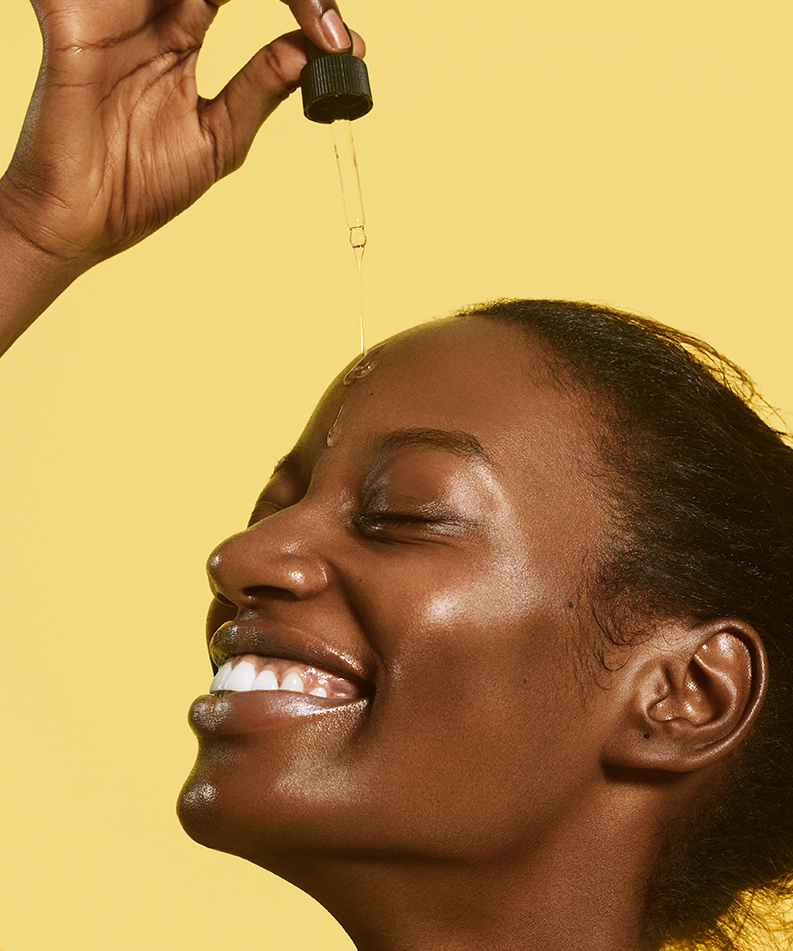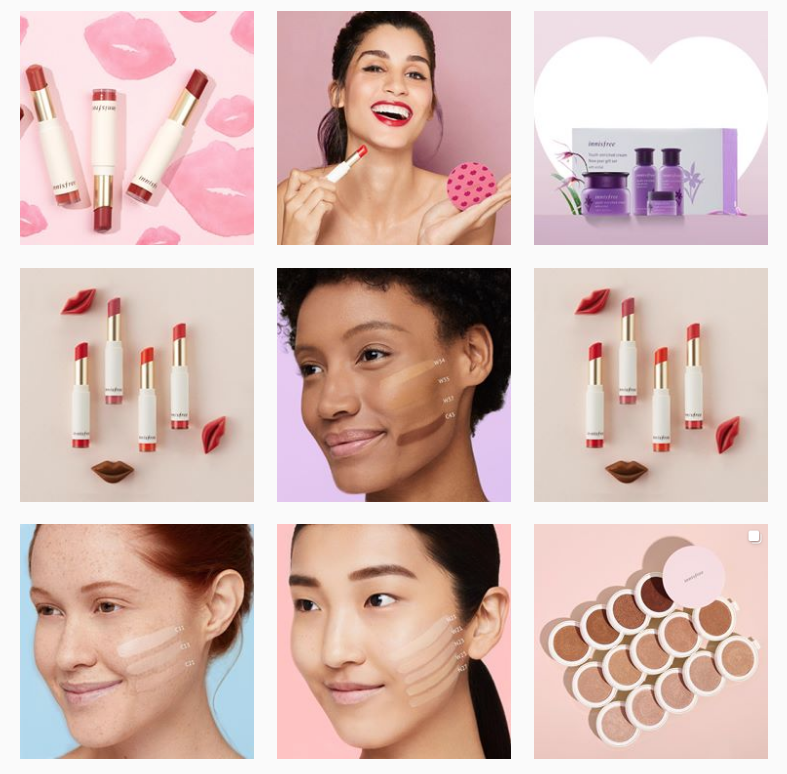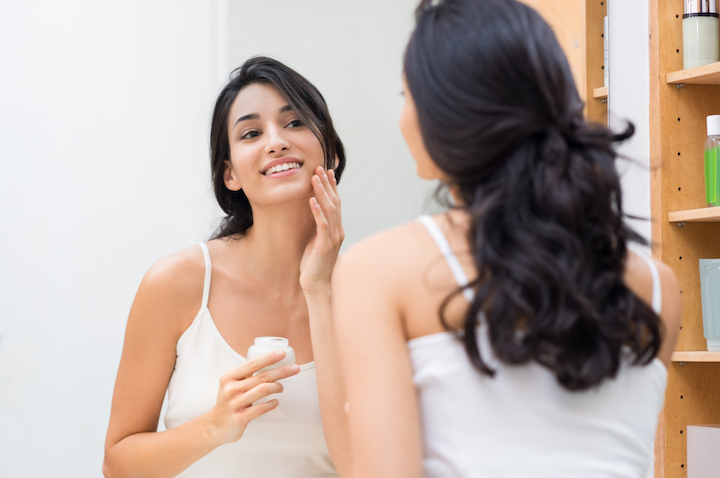It feels like we’ve been into Korean beauty since forever, but tbh, sheet masking and multi-step routines have only really taken off in the last few years. Here, editor Sheryll, herself a Korean beauty pioneer, talks about the changes in K-beauty she’s seen over the last seven years.
I’ve been in the K-beauty game for a long time now. I guess you could say that I’m a “pioneer” influencer — one of the first to write about and embrace Korean beauty. My blog The Wanderlust Project was (is?) my baby. It’s where I chronicled my life in Korea, as well as my skincare journey. The thrill of finding new products and writing about them was (and still is) one of my favorite things to do.
I’ve been in the game for a long time — seven years to be exact. And with that, comes a lot of changes. It almost feels as if I helped birth a baby — a K-beauty baby that is — and have had the opportunity to watch it grow, change, and adapt. It’s so rewarding (*sobs*).
So what exactly are the changes in K-beauty I’ve witnessed over the last seven years? Let’s check it out.

1. Shade range
I never, ever, EVER thought I would see the day where any brand, let alone a road shop one like Innisfree, would expand their shade range to include darker skin tones, but that’s definitely a thing that happened.
Innisfree launched their matte and dewy cushions stateside in a range of 16 shades. (I reviewed them here.) Now in an age where Fenty Beauty and 40+ shades is the norm, 16 might seem paltry. But this is K-beauty we’re talking about, where even in Korea, a cushion might be available in only three shades maximum. Here’s to hoping they’ll continue to expand their range in the future!
View this post on Instagram
2. Types of blogs
K-beauty used to be in small pockets of the internet: r/asianbeauty on Reddit and popular blogs like Skin and Tonics, The Beauty Wolf (hi Coco), Fifty Shades of Snail (hi Jude!), and mine. Blog posts were long and lengthy, with multiple product shots, texture shots, scientific breakdowns.
Now microblogging is the thing. I, as well as many other bloggers, have traded our blogs for other forms of media. For me, microblogging on Instagram is the move. I don’t have to hem and haw at long blog posts, and I can upload my photos and share on my own time. It feels a bit more authentic to me and less like a job.
Skincare has always been a hobby for me, and while I loved blogging, it started to be a bit overwhelming. Now I can keep sharing (and engaging with!) so much K-beauty content at a style that’s much more in tune with my current lifestyle. I love it!
View this post on Instagram
3. Social media
As an addendum to #3, social media has changed the way I interact with beauty. Once I left Korea and couldn’t just pop into the store to see what was new, I had a hard time keeping up with trends. Most information was only available in Korea, and their websites were optimized to be viewed on Korean web browsers (anyone who has lived in Korea knows what I mean!). Korean beauty brands weren’t readily accessible on social media the way they are now. These days, the popular brands all have an English version of their Instagram page (which I stalk religiously), and now I’m able to keep up with all the new releases, swatches, and news.

4. YouTube
If I wanted to watch a K-beauty video seven years ago, I was out of luck. The English speaking YouTubers were few and far between. Korean YouTubers were definitely out there but inaccessible to English speakers due to the language barrier and lack of subtitles.
Slowly, but surely, that’s all changed. Top Korean beauty YouTubers have started slowly adding in English subtitles to their videos. PRAISE BE! All of my faves (Subin, Director Pi, Kinda Cool) all have subtitles, making my Korean beauty obsession even more accessible. I stan!
5. Availability
At the risk of sounding like an old woman, back in my day, we had to literally traverse across the internet in search of products. You wanted that new essence? Well, that’s $40 in shipping, and you’ll get it in a month … maybe.
Now there’s a Peripera kiosk at my local CVS. I can’t get over it! Sephora and Ulta both have K-beauty sections, Target has sheet masks, and even Wal-Mart has jumped in the game. K-beauty is legit everywhere. EVERYWHERE. What a time to be alive!
6. Models
I was on the Innisfree page and imagine my surprise when I went to the makeup section and saw a diverse representation of women. I could not believe it! Different skin tones, different hair textures, different eye colors and shapes … I mean. I hope other brands begin to take note — K-beauty is a global phenomenon, and there are women all over the world that enjoy the products. It’s a small change that I hope to see more of!

7. Ingredients
In the old days of K-beauty, ingredients were, for lack of a better word, unconventional. Snail mucus, bee venom, snake venom — you know, all those K-beauty ingredients the Western world scoffed at, even though they’ve been proven effective.
Now K-beauty has shied away from the animal-based products and is all about plants. Centella asiatica, mugwort, aloe, honey, propolis, royal jelly, watermelon, avocado — I mean I can basically now make a salad with the on and poppin’ K-beauty ingredients. Big mood!

8. Steps
While the 10-step routine wasn’t a hard and fast rule, it was seen as the “guideline” of sorts. Multi-step routines definitely reigned supreme when I first started blogging.
But now, skincare diets and simplified routines are the cool thing to do. Three-step routines are the new norm. In an effort to combat both skin fatigue as well as excessive consumerism, the skincare diet trend has really taken off. My take? I’m a fan of doing what works best for you. There is no one-size-fits-all approach to skincare — that’s why I love it so much!

9. Attitude
K-beauty definitely used to be seen as an outlier. It was a fad, a trend, something that wasn’t supposed to last.
SURPRISE. I think we can definitely say, without hesitation, that K-beauty is no longer just a trend. It is now a firm part of beauty culture. People’s attitudes have changed, too. No longer is it just about people putting weird sheet masks on their face. K-beauty ushered in a way of life — the need to care for ourselves and our skin, the time to take a break and really recharge ourselves. Sheet masks aren’t weird, they’re essential. Snails? We love them!
I’m thankful that K-beauty is now mainstream. It’s allowed my passion to thrive! I can’t wait to update this post three years from now — at the rate things are constantly changing, we’ll be getting packages from Korea delivered by drones right to our doorsteps.
What changes in K-beauty have you seen over the past half decade? Let me know in the comments!
Loading...